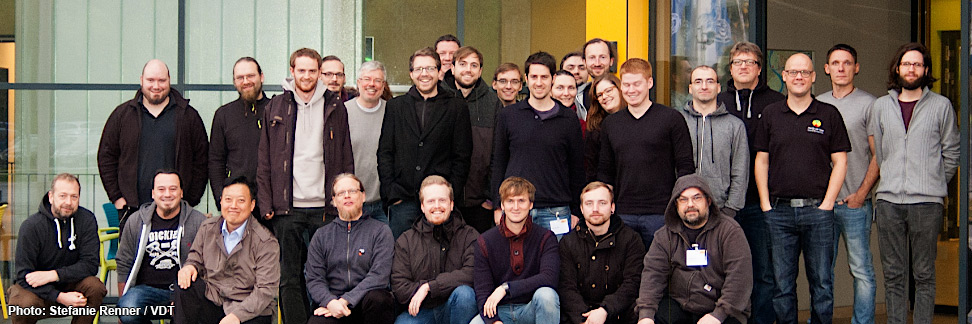
- Details
Why do certain channels on a mixing console featuring transient signals (like drums) run hotter than other channels (e.g., strings) even though they all sound equally loud? Let us look at duty cycles.
- Details
 Some audio professionals find power alleys, which are associated with left‑right subwoofer deployments, objectionable. This is somewhat ironic considering that modern full‑range loudspeakers also go down to 63 Hz (and lower). And their — bottom octaves — are subject to the same artifacts when deployed left and right. Despite this, left‑right mains are still the standard in typical PA systems and continue to be widely accepted.
Some audio professionals find power alleys, which are associated with left‑right subwoofer deployments, objectionable. This is somewhat ironic considering that modern full‑range loudspeakers also go down to 63 Hz (and lower). And their — bottom octaves — are subject to the same artifacts when deployed left and right. Despite this, left‑right mains are still the standard in typical PA systems and continue to be widely accepted.
Double standards set aside. If one insists on minimizing power alleys while sticking to left‑right subwoofer deployment, using — low‑directional — systems per side, one can consider using signal post‑processing to minimize the interference patterns (spoiler alert: processing will come at a cost). But first, let us address the elephant in the room.
- Details
The potential merits of using analyzers, for calibrating and voicing sound systems as well as loudspeakers, include (but not limited to):
- validation
- actionable data
- reconciliation with the—subjective—listening‑experience (eye‑to‑ear training1)
This article focuses on the importance of—actionable data—capable of providing guidance on chores such as aligning pass‑bands, i.e., crossovers, like a "full‑range" loudspeaker and a subwoofer. And whether to use time‑ or frequency‑domain information, or both.
- Details
 Figure 1Cylindrical waves loose only 3 dB rather than 6 dB per distance doubling, making them very marketable. After all, they cut the expected propagation losses known of point sources in half!
Figure 1Cylindrical waves loose only 3 dB rather than 6 dB per distance doubling, making them very marketable. After all, they cut the expected propagation losses known of point sources in half!
And as a consequence, ever since the advent of modern line arrays—in the early 90s—many subsequent claims about cylindrical waves may have been exaggerated.
So much so that newcomers, at the time of writing, continue to get indoctrinated with a firm belief that line arrays simply work by virtue of cylindrical waves without questioning:
- when, i.e., for what frequencies, and;
- where, i.e., up in the air (above the audience), or in the audience plane (across the audience), or both.
This article explores whether or not real‑world line arrays exhibit expected line‑source behavior. And more importantly, when and where in space such behavior is observed. Up in the air (above the audience), or across the audience—in the audience plane—or both (Figure 1)? The distinctions will not be trivial.
In closing, the article will question if referencing "cylindrical waves"—in the context of line arrays—has been hyped for its marketability. And whether or not it is the most concise term for describing a line array's unique behavior across the audience—i.e., in the audience plane—rather than up in the air (above the audience).
